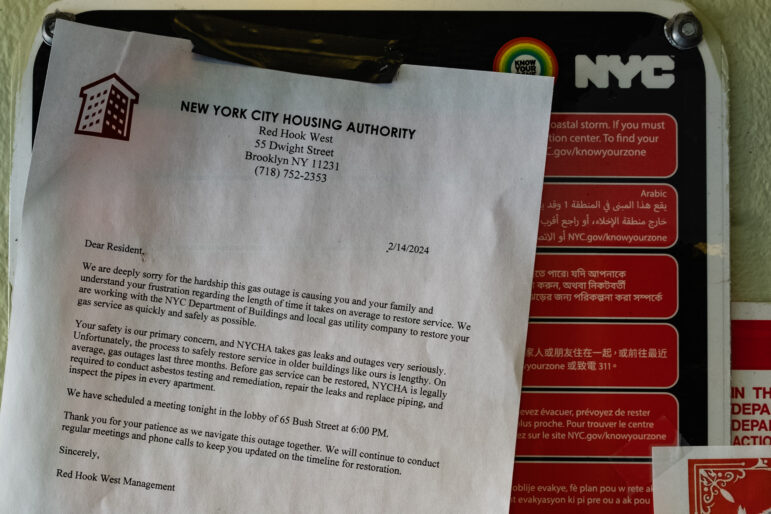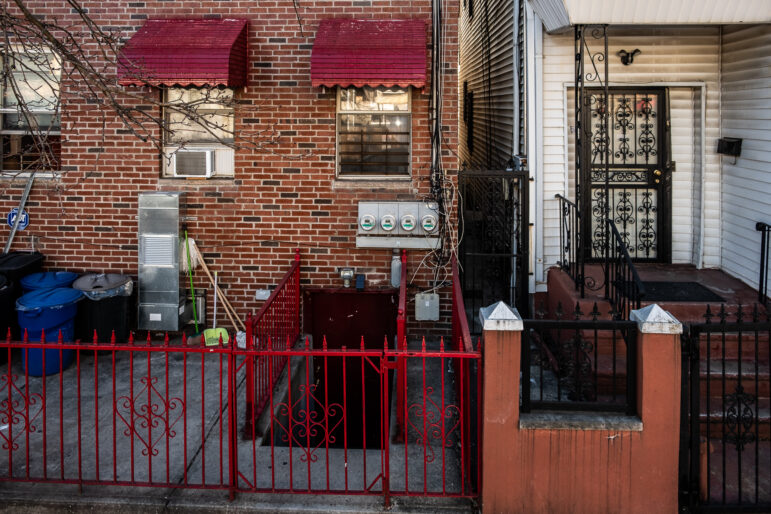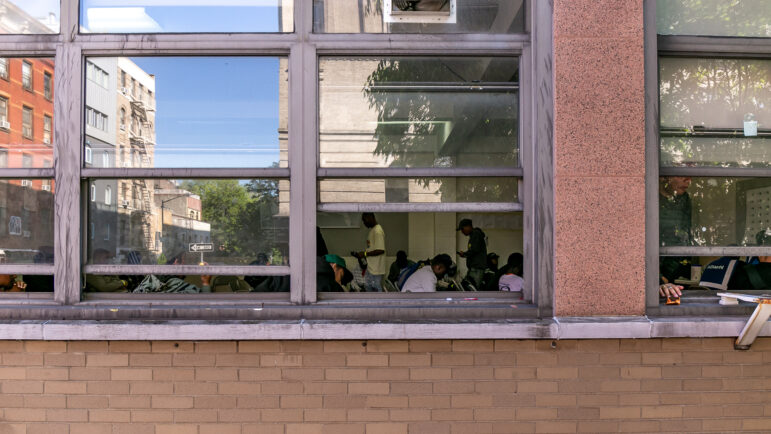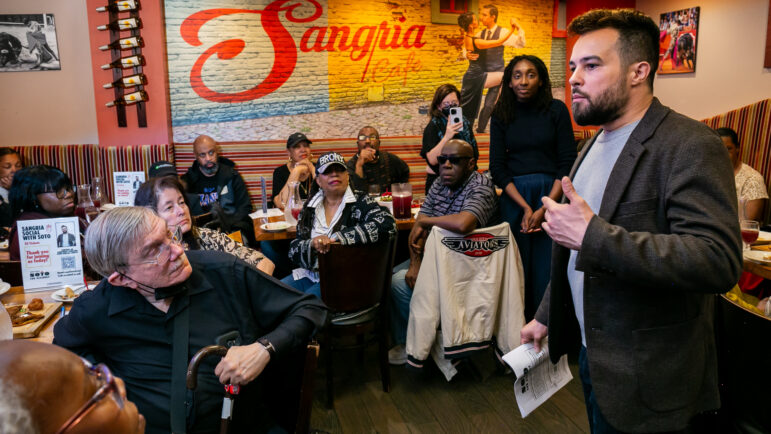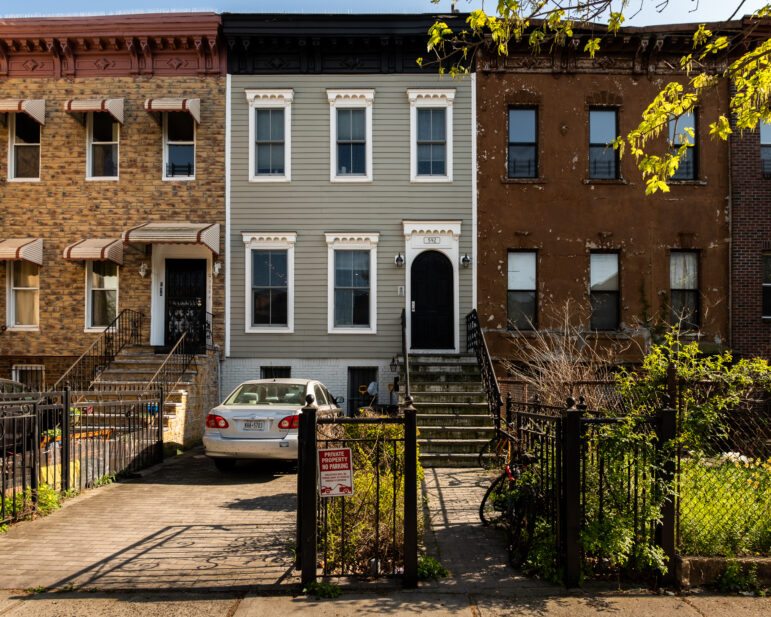With the city Department of Housing Preservation and Development’s headquarters at 100 Gold Street now serving as a rest and relief center for rescue and recovery workers, the effort to find emergency housing for lower Manhattan residents is being planned from Harlem and Albany.
On Tuesday, officials from the state Division of Housing and Community Renewal began contacting organizations that operate state-assisted housing, to take inventory of vacant apartments. They found 500 in lower Manhattan and Brooklyn, and about a thousand more in the rest of the city. Depending on need, they may be used for emergency workers or displaced residents.
On Wednesday, the Association for Neighborhood and Housing Development contacted HPD and offered vacant apartments run by its members for use for displaced downtown residents. So far, 20 community development groups in Manhattan, Brooklyn and the Bronx have offered more than 400 units.
From HPD’s Harlem field office, spokesperson Carol Abrams said that the American Red Cross of Greater New York is coordinating all emergency relocation. “We’ll support them any way we can,” said Abrams on Friday. “That is not our core mission right now.”
It is too early to tell exactly how many lower Manhattan residents will need new places to live, temporary or permanent. Nearly 13,000 people are still locked out of their homes. Battery Park City, the main area affected, is one of the wealthiest districts in the city. Homeowner and renter insurance policies frequently pay for hotel stays in case of displacement, and many residents without insurance can be expected to pay their own way in hotels, or to have temporary arrangements with friends or family.
But under the state’s 80/20 housing development tax incentives, 20 percent of the units in some buildings were occupied by low- and moderate-income residents, and the situations of these hundred-plus families are far more tenuous. “We estimate that three to five thousand households are homeless,” explained ANHD board chair Mark Alexander, who heads the East Harlem housing group Hope Community and made the offer to HPD Commissioner Jerilyn Perine. “What we’ve told HPD is that we’re going to try to come up with a supply of resources we can provide you with, so you can use them in the calculus of recovery.”
ANHD plans to offer housing for up to three weeks for the nominal rent of $1, and hopes that the Federal Emergency Management Agency will eventually compensate housing groups should anyone have to stay for longer. Alexander is also prepared to provide basic household supplies such as kitchenware and linens, “basically a kit we provide to homeless families in our shelters.”
Most of these apartments are vacant temporarily, awaiting new tenants. To help insure that groups’ government subsidies aren’t threatened by the arrival of high-income refugees in apartments designated for the poor, Alexander has had attorneys draft a use and occupancy agreement, “so when some bureaucrat says three years from now, why did this family move in, they make $180,000 a year, they’ll know why.”
David Pagan, executive director of Los Sures in Williamsburg, got calls from both the state agency and the nonprofit group and has volunteered a total of 29 apartments. Many of them are rented but not yet occupied. “Over the short term, we want to be helpful,” said Pagan. But Pagan says his group is trying hard to help local residents cope, too; on Friday night, Los Sures organized a vigil at Roberto Clemente Park. Added Pagan, “I want to make sure that long-term these apartments are available for low-income people.”


